Ingenious Impressions has now closed (all good things must come to an end …). It has been great fun and a huge success, so thanks to everyone who visited and thanks also for sharing all your responses and feedback. It seems that 15th century printed books do have popular appeal! Although we are sad to see it go, the good news – of course – is that although the books are now out of the spotlight, they are accessible again in our reading room. So you can actually come along to Special Collections at your leisure and get to turn their pages and see what else lies within. And behind the scenes, the project to catalogue our outstanding collection goes on, so do keep tuning in for further updates and incunabula news.
I promised more English books in my last blog. In this batch – fresh from fame and glory at the exhibition – are a copy of Chaucer’s Canterbury Tales and the second edition of The Myrrour of the Worlde, printed by William Caxton ca. 1489-90.
The Myrrour is a popular encyclopaedic text that ‘treateth of the world & the wonderful dyuision thereof’. The first edition of 1481 is famous for being the first English book to be illustrated – its diagrams were obviously an important factor in helping to the explain the text to its early readers. As Caxton says in his preface, without the ‘figures … it might not lightly be understande’. The rather rudimentary nature of some of the illustrations makes you wonder how helpful they actually were – but perhaps that is simply just an overly critical modern perspective!
Our copy is particularly important for recording an early English provenance. An ownership inscription reveals that the book was bought at Shrewsbury in 1510 from John Trustanes, ‘scolar’, by Thomas Botelar, ‘vicar of moch wenlock’ in Shropshire. There are occasional marginal annotations in English in various 16th-century hands throughout, indicating that the book was well read – including the addition of the names of three continents “Asia”, “Europa”, “Africa” to one of two woodcut diagrams of the earth (perhaps supporting the theory that the diagrams as provided weren’t that useful after all …).
Both our copies of the 1492 Pynson edition of The Canterbury Tales are also annotated. The more dilapidated of our two copies (the one which wasn’t on display) bears a variety of names and ownership inscriptions from the 15th/16th century, including William Sonnyng (probably to be identified with William Sonnyng, alderman of English-occupied Calais) to those of what looks like an entire late 17th/early 18th century family (the Broketts): “This book belongeth to the orphans of Mr Charles Broket: Charles & John: this book now belongeth to Mary Brokett Elizabeth Brokett Frances Brockett John Brockett Ann Brockett”. Even more interesting is a note which records that this very copy was lent by a “J. Herbert” to the literary editor John Urry (1666-1715) “for his use in setting out a new edition Sept. 16th 1714”. Urry’s edition of Chaucer’s works appeared in 1721. Perhaps this use explains its rather worn state.
Not to be outdone, our other copy includes a note of a useful motto that can be used to ascertain character by analysing appearance, including hair colour:
Of a bale man aske thy reede
of a redd man aske thy breade
From a pale man keepe thy knife
from a black man/from a leane man keepe thy wife.
Our final English contender of the batch (the anonymous Dives and Pauper, produced by Richard Pynson in 1493) also shows signs of use and abuse. As well as being somewhat knocked about, it has various marginal annotations including the rather charming and plaintive plea from its sometime owner George Scott, to return the book to him if lost, whatever the hour: “ho so doth fend thys booke be nyght or be day bryng hyte to George Scott I you pray”. If you are interested in finding more English comments and inscriptions in our books, you may locate them via our annotations (languages other than Latin) index.
We will have the opportunity to talk about the project and demonstrate the GiP website next week at the Reading Copy-Specific Features: Producers, Readers and Owners of Incunabula conference at Leicester’s De Montfort University, organised by Dr Takako Kato. It looks like a great programme and this will be a fantastic chance to spread the word about the Glasgow project to fellow librarians and researchers.
The latest ten books to have details added to the project website are:
- Boccaccio, Giovanni: De casibus virorum illustrium [French]. De la ruine des nobles hommes et femmes Bruges: Colard Mansion, 1476
- Duns Scotus, Johannes: Quaestiones in quartum librum Sententiarum Petri Lombardi [Strassburg: C.W., before 6 Jul. 1474]
- Pius II, Pont. Max.: De duobus amantibus Euryalo et Lucretia [Italian] [Florence: Bartolommeo di Libri, ca. 1495]
- Biblia latina Nuremberg: Johann Sensenschmidt and Andreas Frisner, 9 Dec. 1475 [two copies]
- Chaucer, Geoffrey: The Canterbury Tales [London]: Richard Pynson, [between June 1491 and 13 Nov. 1492] [two copies]
- Gossuin de Metz: Myrrour of the worlde [Westminster]: William Caxton, [ca. 1489-90]
- Petrarca, Francesco: Trionfi; Canzoniere Venice: Reynaldus de Novimagio and Theodorus de Reynsburch, 1478
- Anonymous: Dives and Pauper London: Richard Pynson, 5 July 1493
Categories: Special Collections
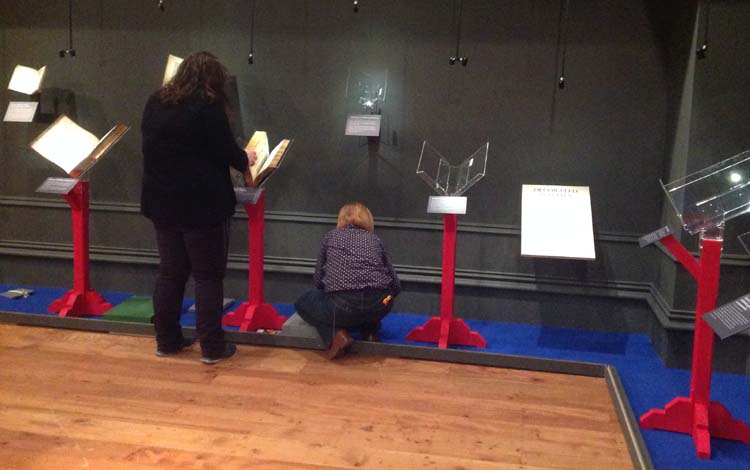
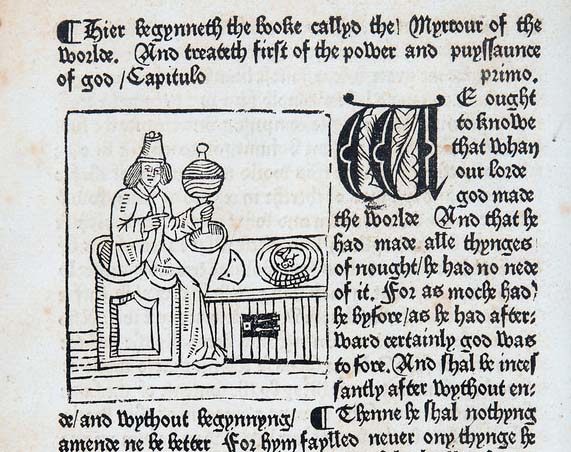
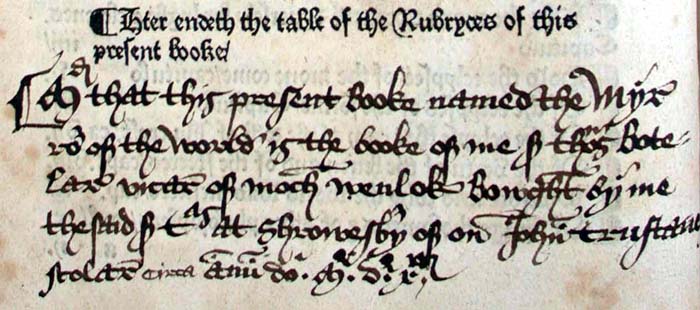


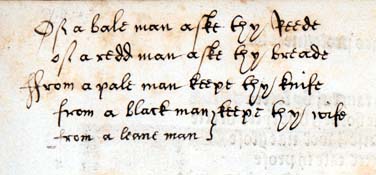
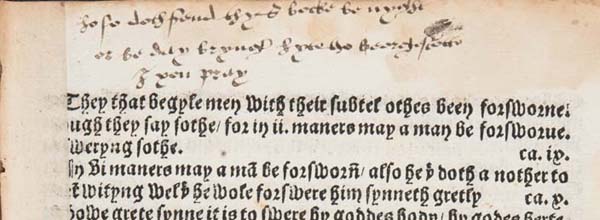
 Johnny Beattie: ‘The Clown Prince of Scotland’
Johnny Beattie: ‘The Clown Prince of Scotland’  The Arte of Faire Writing
The Arte of Faire Writing  Visualizing Collation in the Hunterian Manuscript Collection
Visualizing Collation in the Hunterian Manuscript Collection  Sugar Machines: How Archives in Glasgow hold pieces of Caribbean History
Sugar Machines: How Archives in Glasgow hold pieces of Caribbean History
Leave a comment